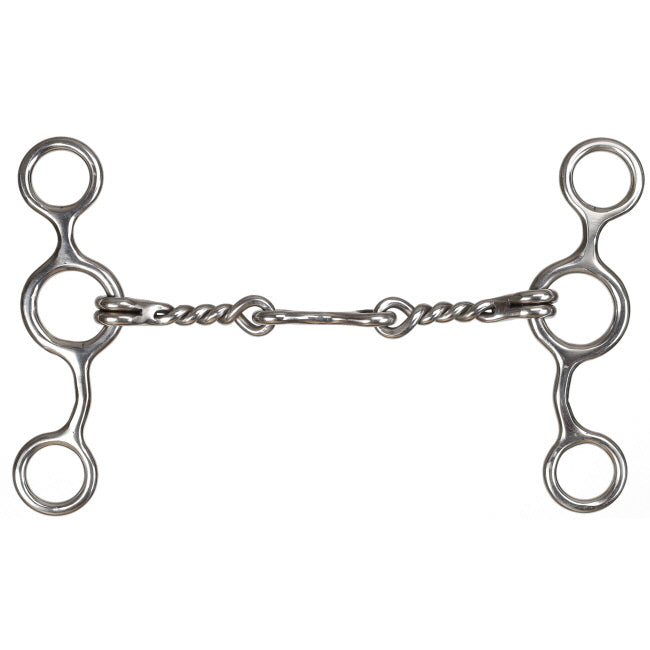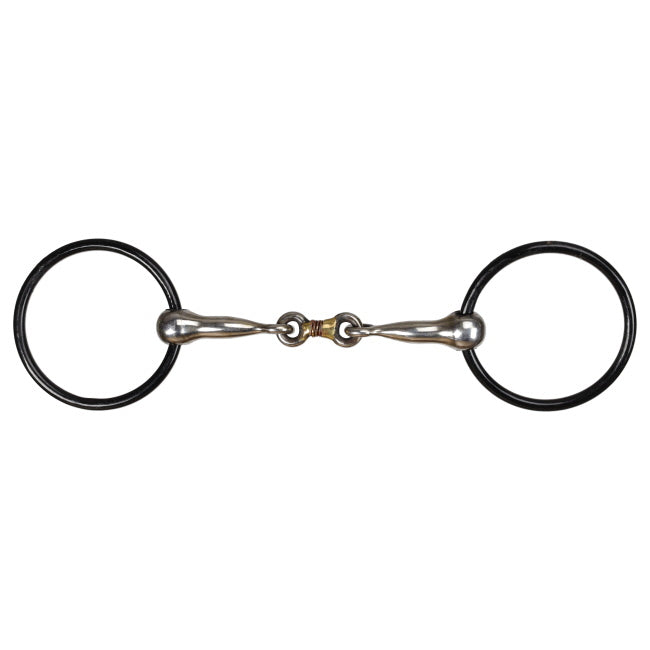Did you know there are over 650 PRCA-sanctioned Rodeo events in the United States annually?
According to prorodeo.com, more than 43 million people identify themselves as fans of ProRodeo, the world's largest and biggest rodeo! Many of them attend PRCA-sanctioned rodeos around the country annually. According to the Sports Business Daily, rodeo is seventh in overall attendance for major sporting events, ahead of golf and tennis.
Rodeos were derived from the cowboy lifestyle, using skills needed in daily ranching. Breaking horses and working with cattle requires extensive horsemanship and roping skills. Today’s rodeos showcase these abilities in eight events: bareback riding, steer wrestling, tie-down roping, saddle bronc riding, team roping, barrel racing, bull riding, and steer roping. We’ve explained the basics of each event so you know what to expect when heading to a rodeo.
Bareback Riding
Bareback riding is one of the wildest events in rodeo. A bareback rider must sit a bucking horse for an eight-second ride without touching his equipment, himself, or the animal with his free hand. The rider must begin their ride with feet placed above the break of the horse’s shoulder. Riders are disqualified if their feet fall below the horse’s shoulder at any time during the ride. The rider is awarded points for their control of the ride, spurring technique, and the horse’s performance.
Steer Wrestling
Successful steer wrestlers use leverage to bring a steer to a stop. The wrestler starts on horseback, behind a barrier, and chases a steer. A hazer on another horse helps keep the steer running in a straight line. The wrestler rides even with the running steer, eases down, and reaches for the steer’s horns. After getting a grip on the horn, the cowboy plants his heels in the dirt, slows down the steer, and lifts the right horn to tip over the steer. The clock stops when the steer is on his side, with all legs pointing in the same direction.
Tie-Down Roping
Contestants in tie-down roping rope a calf, dismount, and ties any three of the animal's leg’s together. The cowboy must allow the calf to stand up if the calf is not standing when the rider reaches it. When the cowboy is finished, he throws his hands in the air to signal the judge. The rider must then remount and allow the rope to go slack. The calf must stay tied for six seconds. Riders are penalized for not giving the calf a headstart or for the calf breaking the tie before the six-second mark.
Saddle Bronc Riding
Similar to bareback riding, saddle bronc riders must stay on an untrained bucking horse for eight seconds. Riders in this event use a saddle, unlike bareback riding. The starting position and rules are the same as bareback riding, but riders cannot drop their stirrups or the bronc rein.
Team Roping
 As the name implies, a pair of riders work together in this event—a header and a heeler. Both riders start behind a barrier. After giving the steer a head start, the header must rope the steer by the horns, around the neck or one horn, and the next. The header then turned the steer in a wide arc to the left, allowing the heeler to rope the back feet. The team will receive a five-second penalty if the heeler only ropes one foot. The clock stops when both horses are facing each other.
As the name implies, a pair of riders work together in this event—a header and a heeler. Both riders start behind a barrier. After giving the steer a head start, the header must rope the steer by the horns, around the neck or one horn, and the next. The header then turned the steer in a wide arc to the left, allowing the heeler to rope the back feet. The team will receive a five-second penalty if the heeler only ropes one foot. The clock stops when both horses are facing each other.
Barrel Racing
Barrel racing is about speed and precision. Riders must complete a cloverleaf pattern around three barrels without knocking any down as quickly as possible. Time penalties are given for tipped-over barrels. The pair with the fastest time wins.
Bull Riding
Most people are familiar with bull riding. This challenging event requires the bull rider to stay forward at all times during the eight-second ride. Judges pay close attention to body potion, use of the free arm, and spurring action. Half of the score is based on the rider’s performance, while the remaining half is based on the bull. Riders are disqualified for touching the animal, himself, or his equipment.
Steer Roping
Steer roping has the same structure and point system as calf roping, with a few minor exceptions. The steer must drop to the ground when the cowboy stops his horse quickly after roping the horns. The rider must tie three of the steer’s legs, and the steer must remain tied for six seconds after the cowboy remounts. Steer roping is a timed event.







